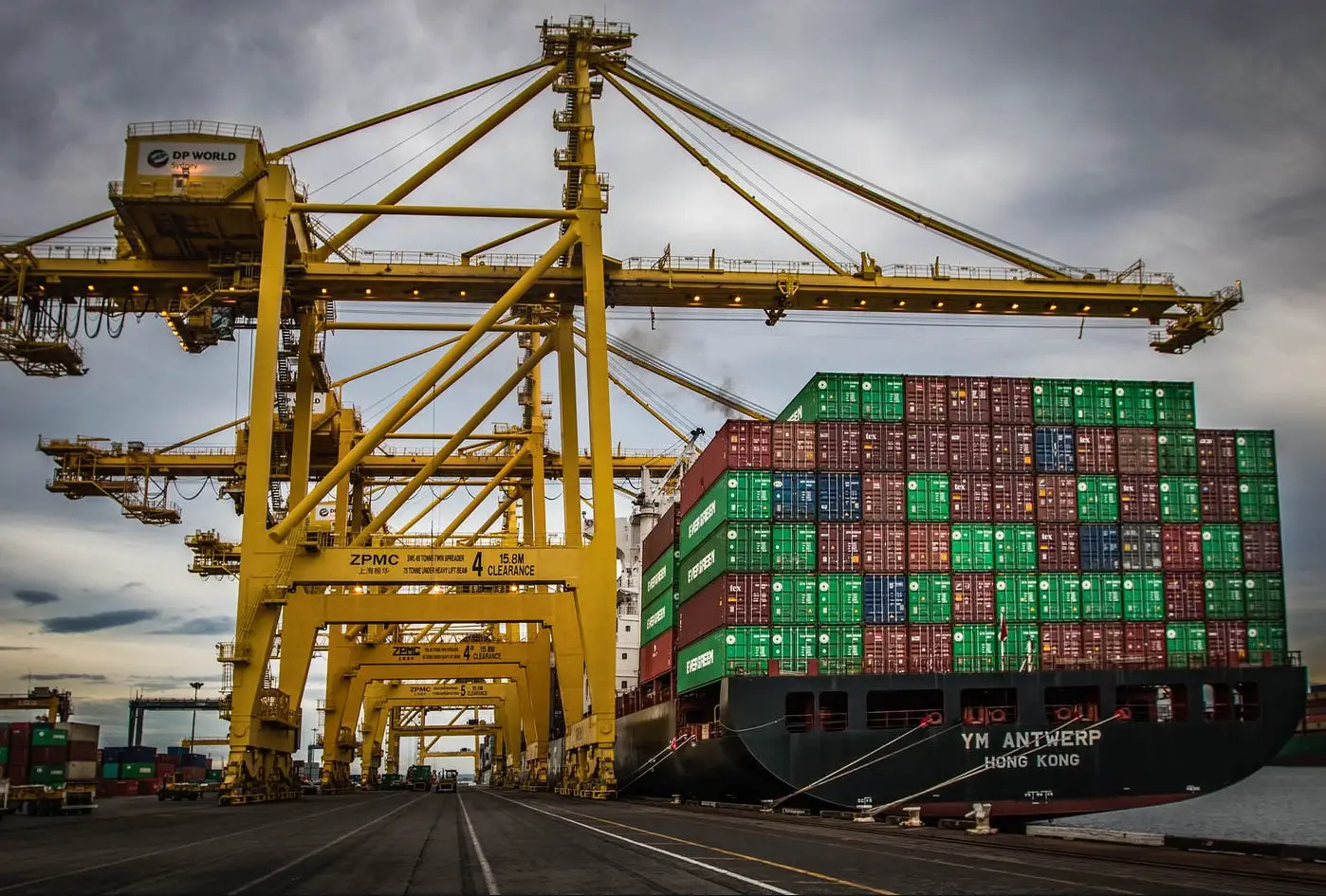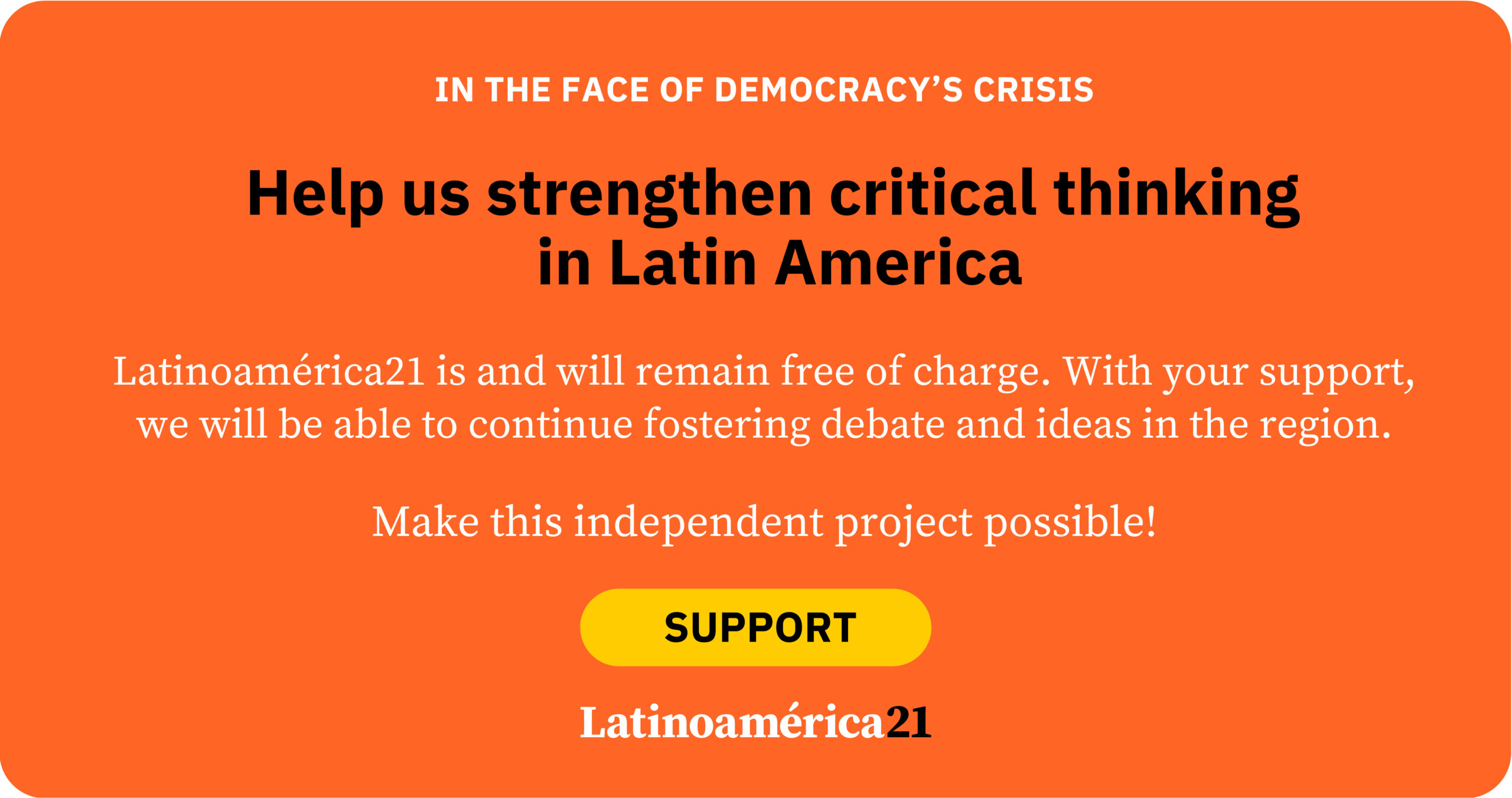Legend has it that in the 4th century BC, Dionysius, ruler of Syracuse, made Damocles, one of his courtiers, sit on his throne beneath a sharp sword that was held by nothing more than a single strand of horsehair. Once seated, it was not the sword’s blade that terrified Damocles the most but the uncertainty of when, or even if, the sword would fall.
Today, Latin America—and much of the rest of the world—appears to be in a similar situation: its economies lie beneath an unrelenting tariff sword, held up solely by the fragile thread of executive orders that Donald Trump has been wielding since he took office.
The first chapter of the latest saga of Trumponomics 2.0 starred Colombia and its president, Gustavo Petro, who refused to allow a U.S. military plane carrying undocumented immigrants to land on his territory. Donald Trump’s response was immediate: a 25% tariff on Colombian exports, set to rise to 50% within a week.
Ultimately, after a storm of scathing comments on social media—including references to Colonel Aureliano Buendía and his lineage (not even Macondo seems safe from a trade war with Trump)—the Colombian government gave in and allowed the deported immigrants to be repatriated. The pressure of draconian tariffs on an already fiscally weakened economy proved unsustainable.
The second act of the drama featured Canada and Mexico as co-protagonists, with the U.S. announcing a 25% tariff. Publicly, retaliatory threats from the affected countries came swiftly, but behind the scenes, negotiators were already seated at the proverbial geopolitical poker table, assessing their governments’ available cards and devising strategies to avert the economic disaster these tariffs could trigger. The U.S. is the destination for approximately 83% of Mexico’s total exports and 76% of Canada’s.
In the end, seeing the stakes rise and anticipating further bold moves from Trump, Mexico and Canada—still with their dignity mostly intact—chose to grant the U.S. president the political victory he sought. They did so by mobilizing troops to their respective borders with the United States to, in the words of Trump, “stop the uncontrolled invasion of illegal immigrants and fentanyl.” This suspended the tariff sword of Damocles for an additional 30 days while negotiations continued
Up to this point, these aggressive maneuvers seemed more about intimidation rather than a clearly defined trade policy centered on indiscriminately wielding tariff threats.
However, in the third act of the drama—unfolding as this column is being written—the situation escalated significantly with the announcement of “reciprocal tariffs” by the U.S. This measure would, for instance, impose a 25% tariff on all steel imports, which predominantly come from Canada but also from Mexico and Brazil, the two largest economies in Latin America.
Yet even with these new tariff announcements, if we consider the implications of a generalized trade war on prices in the U.S., the indiscriminate imposition of tariffs could reignite the post-pandemic inflation trauma that plagued American consumers for two years, and that only recently partially subsided.
Among the few things that could turn a fervent MAGA fan into a Trump adversary, another rise in the cost of living likely tops the list. Not just because of the higher prices for essential goods and services, but also due to the inevitable interest rate hikes that the Federal Reserve would have to implement to curb inflation with a tighter monetary policy. A significant political capital drain that president Trump would be hard-pressed to endure.
Nevertheless, beyond how probable an extreme scenario may seem in the current context, it remains crucial to analyze: What if the threats of higher tariffs materialized across the rest of Latin America, affecting a wider range of products? What economic variables would be impacted, and how would this affect our wallets?
The first wave of effects from higher tariffs on Latin American exports would hit external accounts and exchange rates. The decline in exports relative to imports would initially manifest as an increased trade deficit, leading to a reduced inflow of foreign capital (for instance, fewer dollars received by Chilean apple or Peruvian cotton exporters to the U.S.). This would translate into a depreciation of the Chilean peso and Peruvian sol against the greenback (i.e., an increase in the exchange rate in these countries), which could be further reinforced by a more pessimistic outlook on these economies amid a trade war. This depreciation of local currencies would have three distinct effects worth noting.
First, the loss of relative value of the Chilean peso or Peruvian sol would partially offset the effects of higher tariffs by making Chilean and Peruvian exports relatively cheaper for U.S. importers. This positive effect would act as an automatic stabilizer against the deterioration of the trade balance.
Second, these depreciations of local currencies would impact inflation through what it’s called in macroeconomics “the exchange rate pass-through”. If the Chilean peso and Peruvian sol are worth less in U.S. dollars (i.e., the dollar strengthens), the local currency price of imports in these countries would rise, which, all else being equal, would translate into higher prices for the final Chilean and Peruvian consumers.
Finally, Latin American countries with significant levels of external debt in US dollars would face a higher debt burden, as they would need more of their local currency to cover interest and principal payments. Additionally, in partially dollarized economies like Peru and Argentina, depreciation would not only strain government finances but also affect individuals and businesses with dollar-denominated debts—especially those earning in local currency.
However, it is important to recognize that, regardless of whether this new wave of threats is ultimately implemented, expectations can have a significant effect even before anything concrete occurs. In this case, the mere expectation that the “tariffs of Damocles” could snap from their tenuous thread and come crashing down on Latin American economies may be enough to alter the behavior and decisions of economic agents (households, businesses, investors, entrepreneurs, central banks, etc.). For example, anecdotal evidence suggests that some car dealerships might already be raising prices in anticipation of higher tariff-related costs.
Although it is true that international reserves—whose levels vary substantially between countries in the region—act as a calming factor that mitigates depreciation expectations and speculative movements, in a scenario of more widespread tariffs like the one outlined here, they would not be enough to contain the depreciation of local currencies or counteract market volatility.
I close this column by extending the invocation of One Hundred Years of Solitude that Gustavo Petro began a few weeks ago: Under the shadow of this ominous tariff sword, not even Melquíades could conjure a projection precise enough to predict the fate of Macondo—or, for that matter, any real country in Latin America.
*Machine translation proofread by Ricardo Aceves.













